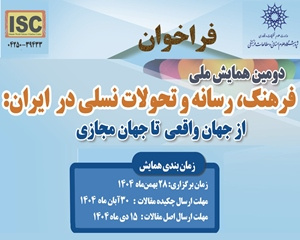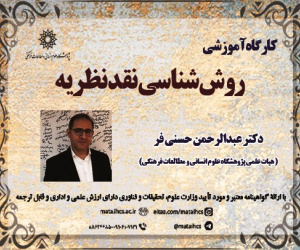روابط امنیتی دو قدرت بزرگ روسیه و آمریکا در مجموعه امنیتی پسا شوروی: الگوها و روندها (مقاله علمی وزارت علوم)
درجه علمی: نشریه علمی (وزارت علوم)
آرشیو
چکیده
الگوهای روابط امنیتی در مجموعه امنیتی پسا شوروی هرچند از یک ثبات و استمرار حکایت دارد، اما با بروز برخی حوادث و رویدادها دستخوش تغییراتی شده است. این نوشتار، سعی دارد تا با استفاده از منابع کتابخانهای و روش توصیفی– تحلیلی، عملکرد روسیه و ایالات متحده آمریکا در تشکیل و مدیریت نظمهای امنیتی در مناطق پسا شوروی و به طور ویژه تأثیر بحران اوکراین بر این نظمها را مورد بررسی قرار دهد. بر این اساس، بر مبنای تئورینظمهای امنیتی دیوید لیک، پاتریک مورگان و پل پاپایانو، این سؤال مطرح میشود، الگوهای امنیتی که روسیه و آمریکا طی آن به مدیریت مناقشات در منطقه پسا شوروی پرداخته، کدامند و بحران اوکراین چه تأثیراتی بر این الگوها گذاشته است؟. بررسیهای این پژوهش نشان میدهد که هر دو قدرت بزرگ از هر شش نوع نظمهای امنیتی مورد نظر مورگان، لیک و پاپایانو؛ یعنی هژمونی، توازن قوا، کنسرت قوا، امنیت دسته جمعی و جامعه امنیتی تکثرگرا و همگرایی، به تناوب بهره بردهاند. البته الگوهای امنیتی ایالات متحده، از یک ثبات نسبی حکایت دارد و همواره کسب هژمونی جهانی، کنسرت قارهای، ایجاد یک معماری امنیتی، همگرایی و گسترش دموکراسی، اولویت همه دولتهای آمریکا پس از جنگ سرد در قبال روسیه بوده است. روسیه نیز هر چند همین الگوهای امنیتی را دنبال کرده است؛ اما بحران اوکراین موجب شد تا این کشور به سیاست کنسرت و هژمونی منطقهای، توازن به شکل سخت و نرم آن روی آورد و به شکلدهی محیط امنیتی منطقهای با استفاده از الگوهای همگرایی و مدیریت امنیت دستهجمعی اهتمام بیشتری ورزد.Security relations between the major powers (Russia and the United States) in the post-Soviet security complex before and after the Ukraine crisis
The contemporary international Security complex relations have been experiencing an era of stability in the post-Soviet-collapse. This literature attempts to describe and analyze the U.S.-Russia relations regarding their crisis management of security systems in Central Eurasia, and Ukrainian crisis, in particular, using library sources and a descriptive-analytical approach. Accordingly, the theory of security arrangements by David Lake, Patrick Morgan, and Paul A. Papayoanou raises the question of what particularly the security measures by which Russia and the US have managed conflicts are. The same is applicable for the aggressions in Central Eurasia and how the Crimean crisis has affected these patterns. The findings of this study show that both major powers have alternately used the six types of security arrangements Morgan, Lick, and Papayoanou, namely, hegemony, balance of power, Concert of Power, collective security, and pluralistic and convergent security societies. Although US security patterns in Central Eurasia remained stable after the collapse of the former Soviet Union, and regime change, their priorities have always been to achieve global hegemony which aims for a continental concert policy in order to create, converge and expand a democratic security system. As well as the U.S., Russia has been adopting the same security measures in its near abroad. What is more, the Ukrainian crisis has been the vehicle for Russia to capitalize on the regional concert taking balance of power in both coercive and soft aspect in order to articulate its own regional collective security complex. .







